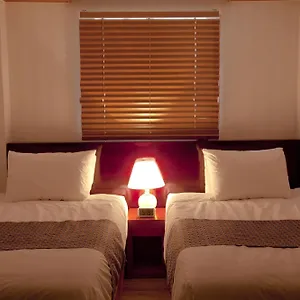
Speakeasy

Speakeasy
A speakeasy is an institution that sells alcoholic drinks illegally, usually during the Prohibition period within the United States (1920-1933). These hidden bars required patrons to talk quietly or "easily" to avoid drawing attention to their illicit activities.

History of Speakeasies
The time period "speakeasy" originated from the Eighties. As legal guidelines against alcohol tightened, inventive entrepreneurs began to open secret bars, typically positioned in basements or behind unmarked doorways. These venues became well-liked social hubs where music, dancing, and camaraderie flourished despite the authorized risks concerned.
Modern-Day Speakeasies
Today, the idea of the speakeasy has been revived, with many bars adopting the aesthetic and vibe of the Prohibition era. These trendy speakeasies often function:
Secret entrances, corresponding to hidden doorways or password requirements.Vintage decor that evokes a way of nostalgia.Craft cocktails that highlight mixology and unique components.Visiting a speakeasy can offer a singular and immersive experience, combining the thrill of secret areas with high-quality drinks and an atmosphere paying homage to a bygone era.
A speakeasy refers to an establishment that illegally bought alcoholic drinks through the Prohibition period in the United States, which lasted from 1920 to 1933. These hidden bars and golf equipment operated in secrecy, usually requiring a password for entry. Today, the time period has come to represent a retro or classic fashion bar that evokes the spirit of that era.
The concept of a speakeasy encapsulates each a sense of nostalgia and rebellion. Here are some key characteristics and components generally related to speakeasies:
Secretive Entrance: Many trendy bars styled as speakeasies function unmarked doors, hidden entrances, or clues that lead patrons to the bar.Classic Cocktails: The drink menus typically spotlight traditional cocktails that have been popular in the course of the Prohibition period, with a focus on high quality elements.Atmosphere: Speakeasies often have an intimate, cozy environment, often enhanced by dim lighting and vintage decor.Live Music: Many retain the custom of live leisure, that includes jazz, blues, or acoustic performances that harken back to the Roaring Twenties.While the unique speakeasies were a response to legal restrictions on alcohol, fashionable interpretations have fun this rich history whereas offering a unique evening out for patrons. They serve as a reminder of a time when socializing was shrouded in secrecy and glamour.
A speakeasy is a secretive and 제주유흥 (https://twinsight3d.com/2023/09/25/how-solar-energy-works-from-sunlight-to-electricity/) infrequently illicit institution that sells alcoholic beverages. These venues originated in the course of the Prohibition period in the United States (1920-1933), when the manufacture, sale, and transportation of alcohol were banned.
Here are some key options of speakeasies:
Hidden Locations: Speakeasies are sometimes disguised as common businesses, corresponding to cafes or soda retailers, with unmarked entrances.Secret Access: Guests typically need to know a password or be in the proper firm to gain entry.Vintage Atmosphere: Many fashionable speakeasies replicate the atmosphere of the 1920s, featuring retro decor and jazz music.Today, the term "speakeasy" is used for any bar that goals to create a clandestine experience, attracting patrons with its distinctive allure and exclusivity.
Popular elements found in these bars may include:
Classic cocktails, usually crafted with a nod to historic recipes.Live music performances, commonly that includes jazz or blues genres.Intimate seating arrangements that encourage dialog and a comfy vibe.In summary, speakeasies characterize a fascinating a part of American cultural history, highlighting the desire for social freedom during restrictive occasions.

Reviews